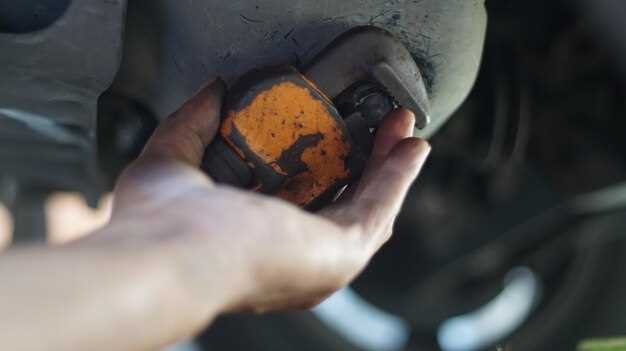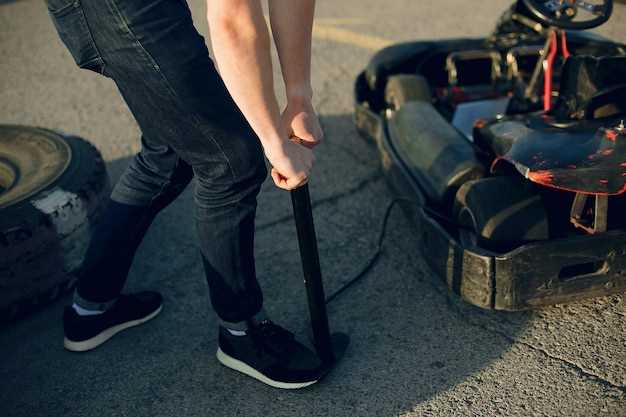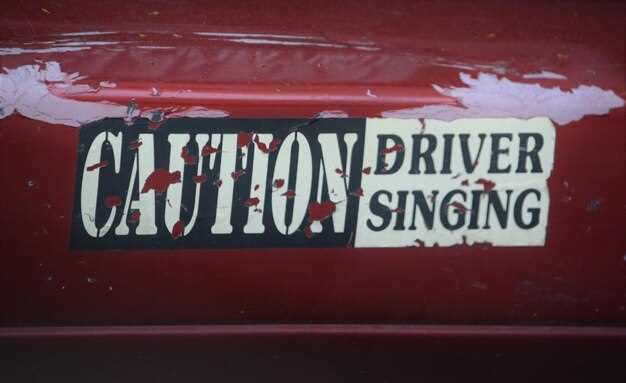Top signs your Jeep needs suspension work


When it comes to off-road adventures, your Jeep’s suspension system plays a crucial role in ensuring a smooth and controlled ride. Over time, components like shocks can wear out or become damaged, leading to potential issues that could compromise your vehicle’s performance and safety. Recognizing the signs that your Jeep needs suspension repair is essential for maintaining its off-road capabilities and overall functionality.
A common indicator that your suspension may be in trouble is excessive bouncing or swaying when driving, particularly over uneven terrain. If you notice your Jeep struggling to maintain stability or control after hitting bumps, it may be time to assess the condition of your shocks. These components are designed to absorb shock and provide a smoother ride; when they fail, you’ll experience a noticeable decline in ride quality.
Additionally, abnormal tire wear can signal that your suspension needs attention. If your tires are wearing unevenly or show signs of cupping, it could be a result of worn-out shocks or misaligned suspension components. This not only affects your Jeep’s handling but could also lead to more extensive repairs if left unaddressed.
Another significant sign to watch for is a noticeable increase in noise, such as clunking or rattling, especially when driving over bumps. Such sounds often indicate that the shocks or other suspension parts are deteriorating. Ignoring these warning signs can lead to more severe damage and potentially unsafe driving conditions.
Identifying Uneven Tire Wear and Its Implications
Uneven tire wear is a critical indicator that your Jeep may need suspension repair. This wear pattern can result from several factors, including misalignment, worn shocks, or other suspension issues. Observing the tread on your tires can provide valuable insights into the condition of your vehicle’s suspension system.
One common form of uneven wear is known as cupping, where the tire exhibits a series of high and low points along the tread. This often suggests that your shocks are failing to dampen impacts effectively, leading to increased vibrations and consequently, uneven tire contact with the road surface. Regular inspection of the shocks is essential to maintaining optimal driving performance and tire longevity.
An additional wear pattern to watch for is edge wear, where the inner or outer edges of the tire tread wear down more quickly than the center. This can be caused by improper wheel alignment or excessive camber angles, which can disturb the overall balance of your suspension system. Addressing alignment issues promptly can prevent further damage to both the tires and suspension components.
Inconsistent wear across all four tires can indicate a more systemic problem with the suspension. If one corner of the vehicle is lower than the others, it can lead to abnormal tire wear on that particular wheel. This is typically a sign that shocks or springs may require immediate attention.
Monitoring your tires for uneven wear patterns is crucial. If you notice these signs, it is essential to have your Jeep’s suspension system inspected. Ignoring these symptoms can lead to decreased handling, uncomfortable rides, and potentially more costly repairs in the future.
Understanding the Importance of Shock Absorbers in Jeep Performance

Shock absorbers play a crucial role in the suspension system of your Jeep, significantly affecting its overall performance and handling. These components are designed to control the rebound and compression of the suspension, ensuring that the vehicle remains stable over various terrains. When shock absorbers are functioning properly, they enhance ride quality by absorbing impacts from bumps and uneven surfaces.
In addition to comfort, shock absorbers also contribute to the safety of your Jeep. They help maintain tire contact with the road, providing better traction and reducing the likelihood of skidding or losing control during sharp turns or sudden stops. A well-maintained suspension system, including effective shock absorbers, ensures that your Jeep can handle rough off-road conditions while keeping you safe.
Worn or damaged shock absorbers can lead to a variety of issues, such as excessive body roll during cornering, bouncing after hitting bumps, and increased stopping distances. These symptoms can not only degrade your driving experience but also cause more significant damage to other suspension components over time. Regularly inspecting and replacing shock absorbers can prevent costly repairs and improve your Jeep’s longevity.
Moreover, shock absorbers can also influence the vehicle’s alignment and tire wear. If shock absorbers are not operating effectively, tires may experience uneven wear patterns, leading to premature replacement and further expense. Proper shock absorber function is vital for maintaining the overall health of your Jeep’s suspension system.
In summary, shock absorbers are essential for optimal Jeep performance. They enhance ride quality, improve safety, and contribute to the longevity of your suspension. Regular maintenance and timely replacement of worn shock absorbers will ensure that your Jeep remains capable and reliable, whether on the highway or off the beaten path.
Recognizing Signs of Poor Ride Quality and Handling Issues

Poor ride quality and handling issues in your Jeep are often clear indicators that your suspension system requires attention. One of the first signs is an uncomfortable ride; if you find yourself feeling every bump, pothole, or road imperfection, it may be time to inspect your suspension components. A well-functioning suspension should provide a smooth and controlled driving experience.
Another noticeable symptom is excessive body roll during turns. If your Jeep leans significantly to one side when cornering, this suggests that your suspension may not be providing adequate support. Additionally, if the steering feels loose or unresponsive, this can indicate compromised suspension components that affect your vehicle’s handling abilities.
Pay attention to any abnormal noises while driving. Clunking, banging, or squeaking sounds can be signs of worn-out bushings, shock absorbers, or struts. These components play a vital role in maintaining vehicle stability and comfort. If you experience any of these noises, it’s crucial to have your suspension inspected promptly.
Lastly, uneven tire wear is a critical indicator of suspension issues. If you notice that your tires are wearing unevenly or have developed bald spots, it could be a sign that your suspension is misaligned or that certain components are no longer functioning effectively. Regular maintenance of your suspension ensures that your Jeep performs optimally and remains safe to drive.
